Whilst data has become more and more a prevalent tool within football in recent seasons, it still has its limitations. Data, however rich and detailed, will always only give you a snapshot of a player. As such, intelligent recruitment departments will combine the use of data with live and video scouting to provide a more complete picture of any potential targets.
Data, however, has another significant drawback that I feel is often overlooked by people around the industry — when we use data as a tool to identify players, and to cut through the noise and the sheer number of players that might be available to us, we will typically surface the players whose teams are performing well within the dataset that we are using. That’s a natural drawback to the use of data. If you are looking to assess forwards, as we will in this article, then the players who pop in your dataset will be the ones who play for teams that are winning more and generating more shots and goals.
We can, of course, add filters to our dataset in order to drill down into the numbers and provide more context to what we are looking for but that can still lead to some interesting players being missed.
In this article, we will look at a technique that I use extensively across a broad set of metrics in order to drill down into the data and surface players that we may not have otherwise noticed. For the purpose of this piece, we will concentrate on identifying interesting forward players and as such, we will concentrate on two metrics: goals per 90 and xG per 90.
We will also concentrate on players who are U23 and the dataset that we will use consists of players in the top five European leagues plus Austria, Belgium, the Netherlands and Portugal who have played at least 800 minutes so far in the 2022/23 season. All data will come from Wyscout.
As opposed to just looking at the raw data, I instead combine player and team data and then create my own bespoke metrics that show the % involvement of an individual player in that metric for their team. This allows us to see the % of a team’s goals that an individual player is involved in. As you can imagine, you can extend this to almost any metric that your dataset carries. I like to, for example, look at progressive actions (progressive passes + progressive runs) to see which players are the most involved in progressing the ball for their teams. By viewing data through this lens, we are more likely to see players who are performing well for teams that will not be towards the top of their respective tables. This method of data analysis allows us to provide an effective tactical analysis of the players that stand out.
Let’s start by looking at goals and giving scout reports of some of the standout players.
How involved are players in scoring for their teams?
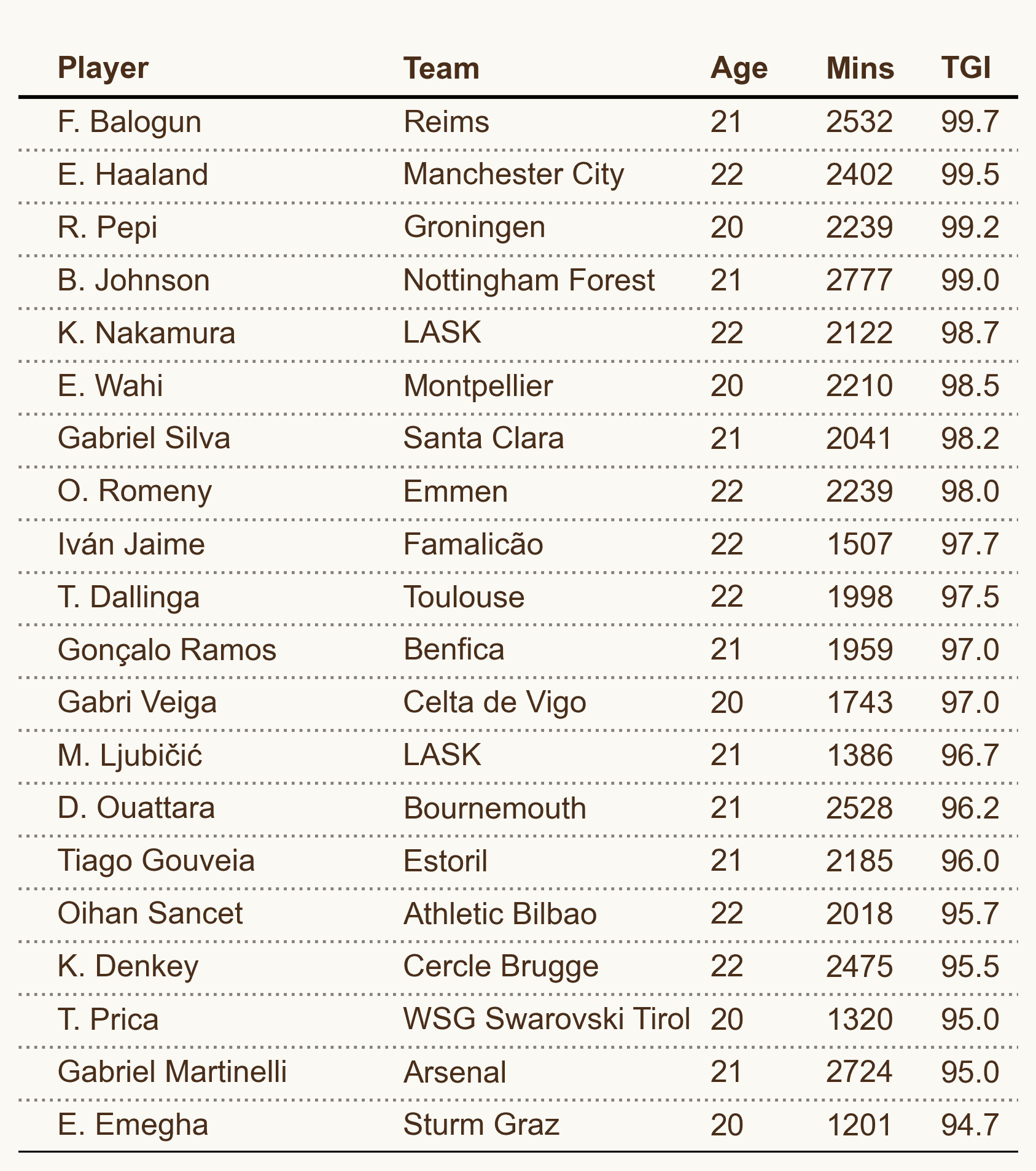
This table shows the top 20 players in our dataset for the metric that we are tracking. TGI stands for total goal involvement where I have calculated the percentage of goals that each player has contributed to their overall team total and then converted that metric into a percentile ranking.
While the players at the top of the ranking, Folarin Balogun, on loan from Arsenal at Reims in Ligue 1 and Erling Haaland, of Manchester City, should come as no surprise, there are other names on there that would not have surfaced had we only looked at goal output. Take Brennan Johnson of Nottingham Forest for example, he has only scored eight league goals but given that Forest have only scored 24 goals in the league, as opposed to 78 for Manchester City, we can see that Johnson has had a significant impact for his side.
For the purposes of this article, though, I will pick out two players from this table to provide a deeper look at.
Folarin Balogun, 21 years old, Reims (on loan from Arsenal) and England
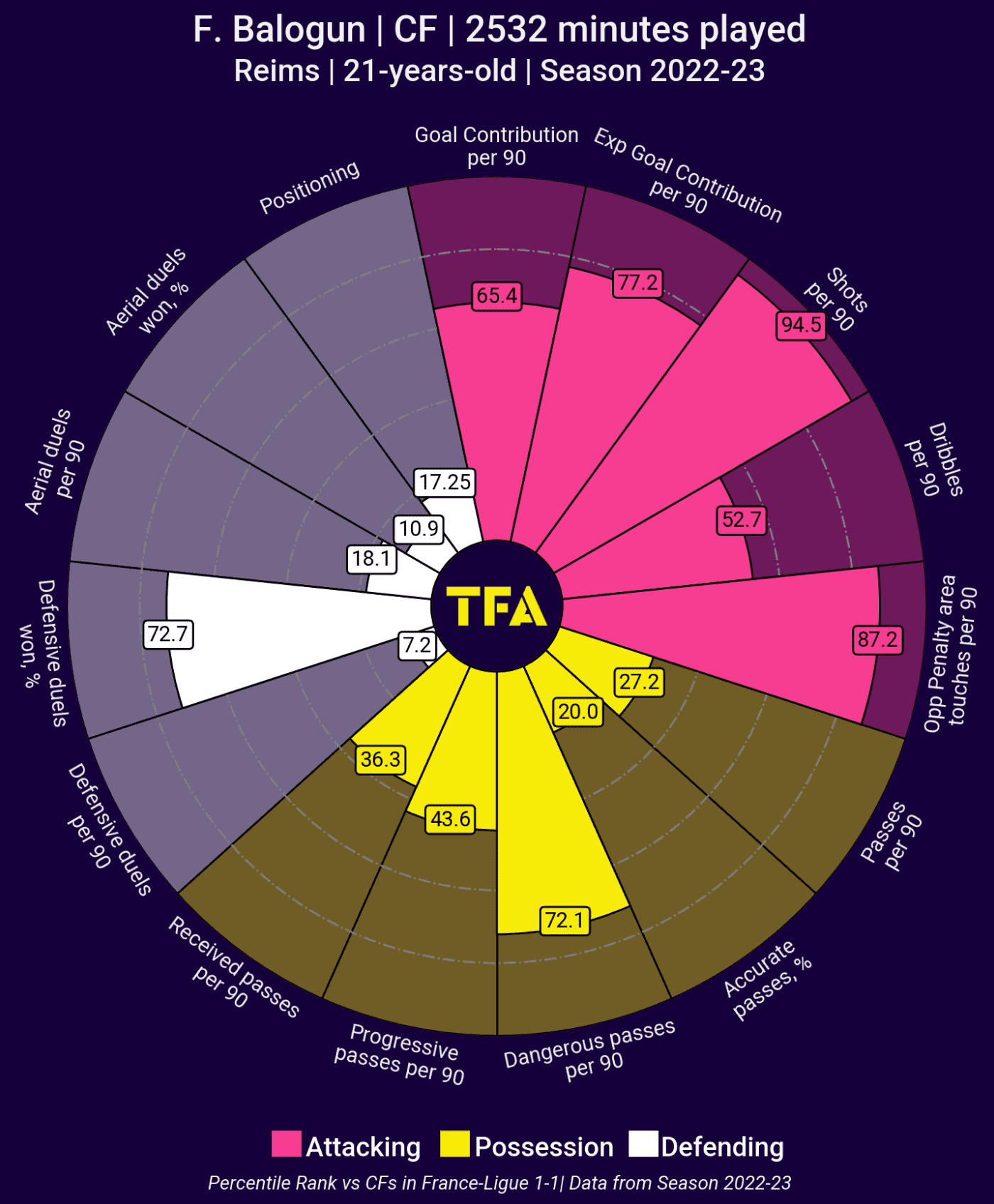
At the start of the 22/23 season, the future of Folarin Balogun at Arsenal was very much in doubt. With the club having invested a significant sum in the signing of Gabriel Jesus and with Eddie Nketiah continuing to impress when given minutes it was clear that Balogun would find his minutes limited at best. Even when the deal was completed to send the England U21 striker to Reims on loan for the season, there was a sense that this was more to protect the players value than with a view to developing the striker for the Arsenal first-team.
That narrative seems to have shifted over the course of the season and Balogun, who is in the 99.7th percentile for total goal involvement, seems on course to challenge for a first-team place at Arsenal next season. His performances for Reims this season, and his ability to score a wide variety of goals, have really caught the eye as the French side have performed above expectations.
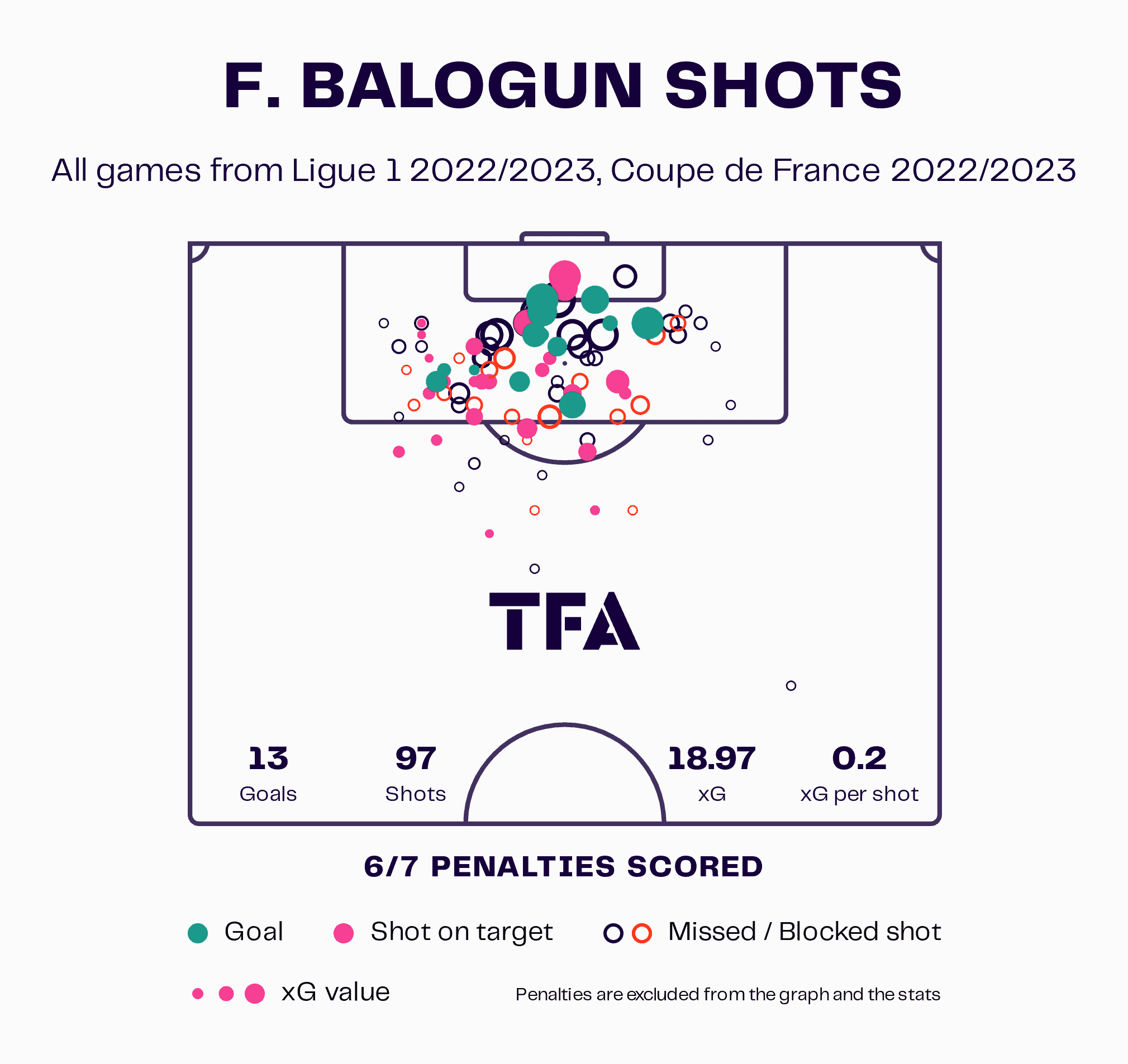
13 goals from an xG of 18.97 is a strong output from a 21-year-old striker in one of the top-five European leagues. As you can see from his shot map, Balogun is a young forward who gets all of his goals from central areas and as tends to be the case now in top young forwards he works in the central zone of the penalty area.
Given that one of the limitations of Arsenal this season has been the lack of a pure goalscorer, as Gabriel Jesus pulls wide and comes deep, Balogun could prove to be a cost-effective and convenient answer for them going into next season.
Keito Nakamura, 22 years old, LASK Linz and Japan
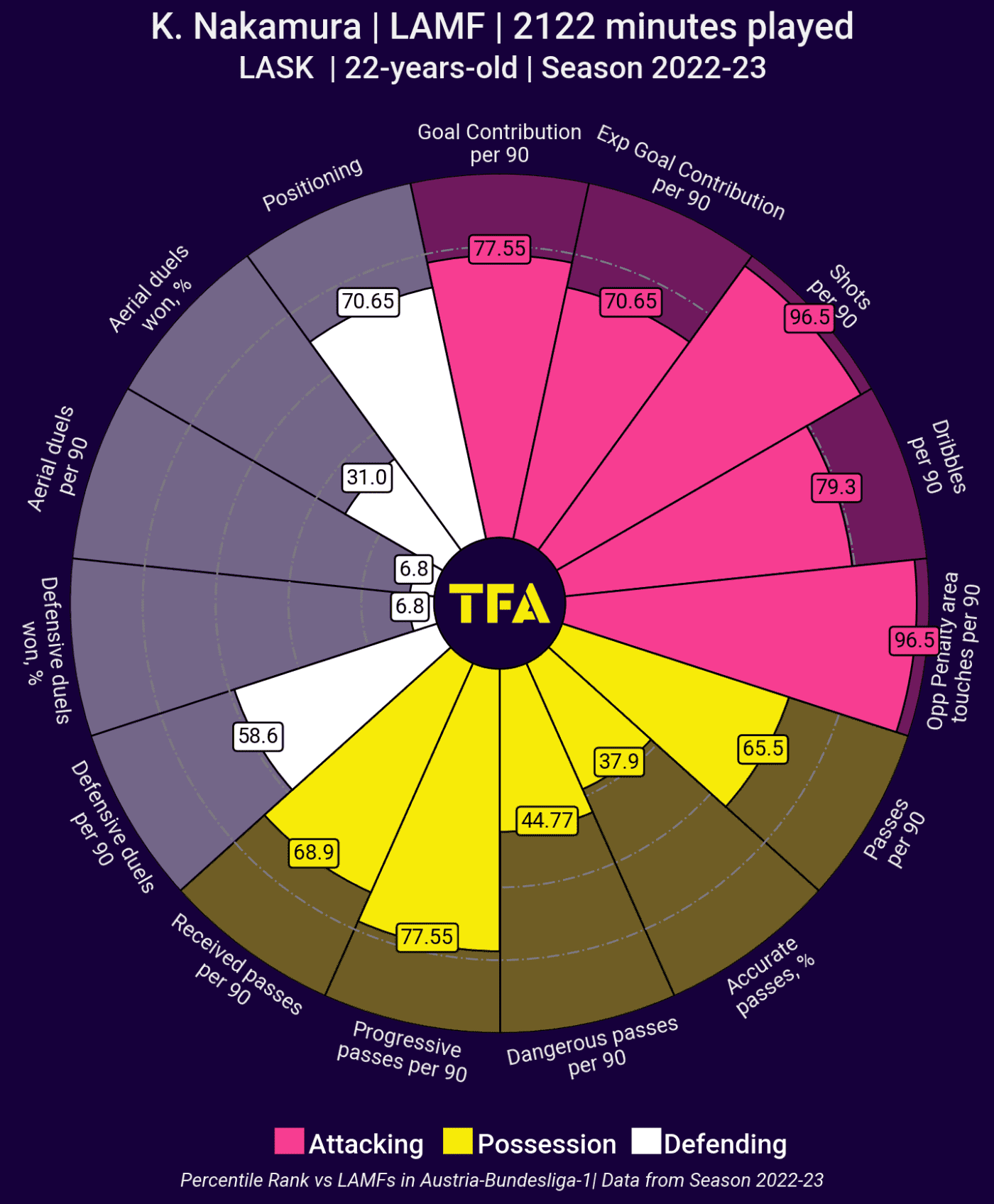
In recent years, we have grown used to Red Bull Salzburg dominating the Austrian Bundesliga and having the monopoly on exciting young players. This season, however, the standout player in Austria has been the 22-year-old Japanese winger Keito Nakamura. As you can see from his pizza chart Nakamura is in the 77th percentile for goal contributions and the 70th percentile for expected goal contributions this season. He is also in the 96th percentile for shots per 90.
The young Japanese winger has had an interesting career having also spent time in the Netherlands, with Twente, and in Belgium, with Sint-Truiden, although both spells were on loan. His performances so far this season, as he is in the 98.7th percentile for total goal contributions, are likely to lead to a significant transfer in the next transfer window. Indeed, having spent 500k to make the deal permanent to bring Nakamura to Austria from Japan they will be looking at around 15-20M for his next move.
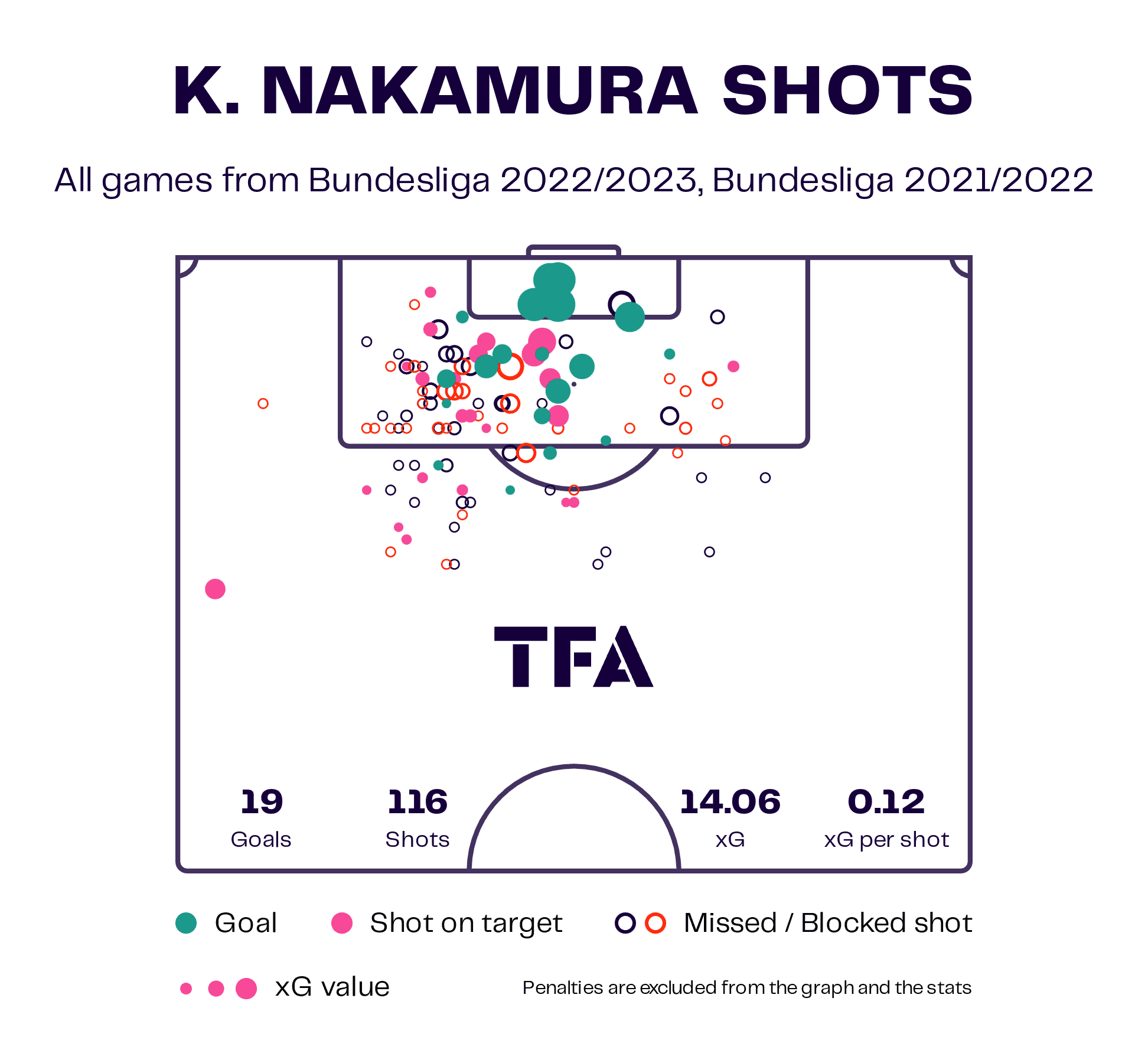
So far this season, Nakamura has 19 goals from an xG of 14.06 and while you can see that there are some instances where he will shoot when coming in off of the left-hand side the vast majority have come from the penalty area.
His attacking profile will see significant interest in securing his signature this coming summer.
How involved are players in generating xG for their team?
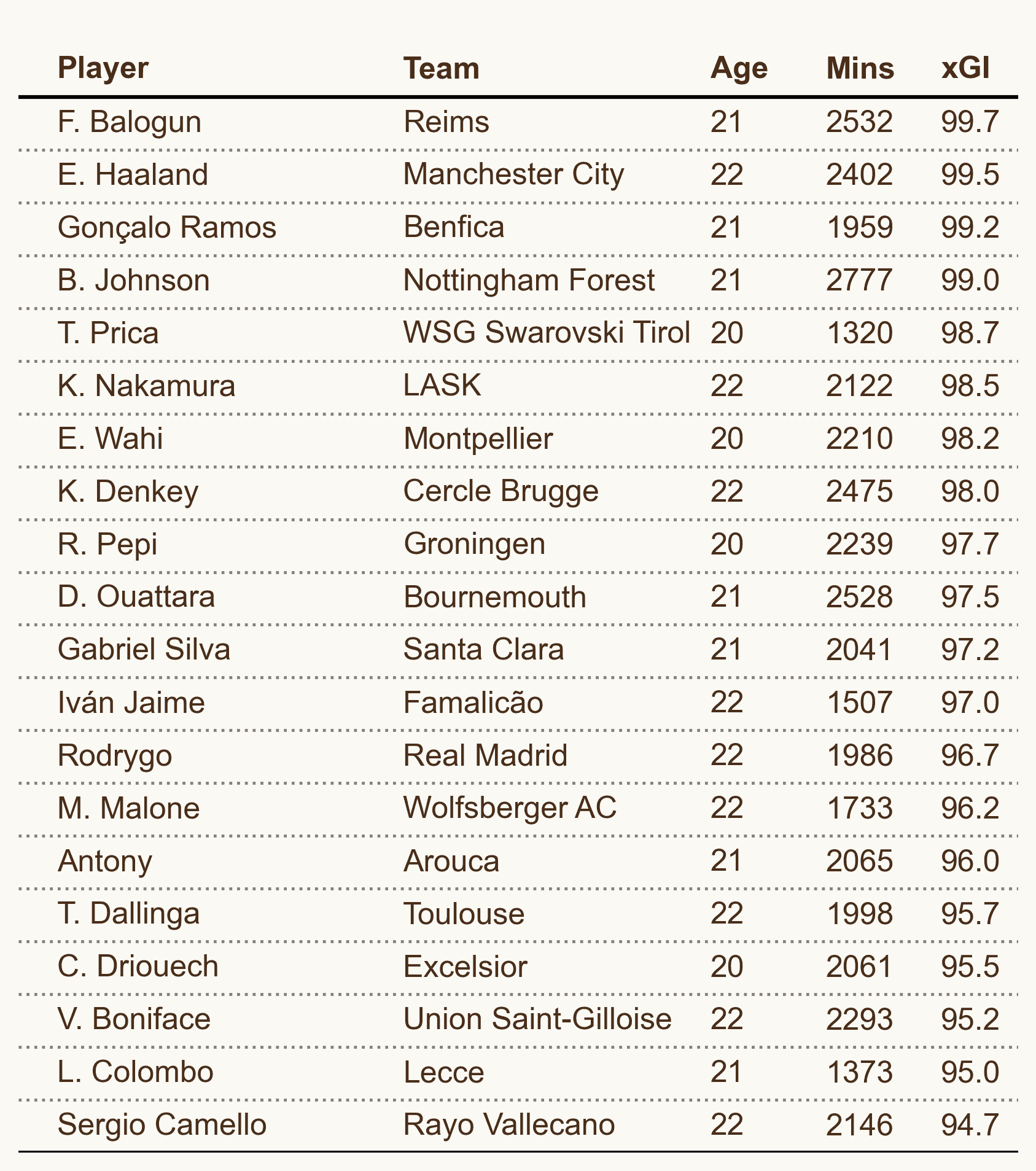
This time I am using a metric called xGI or expected goals involvement, and once again, I have calculated the % involvement that each player has added to their team’s xG and then converted that metric into a percentile ranking.
While there are some players who make both lists, Balogun and Haaland still sit at the top, there is interesting movement among the other players. The biggest beneficiary is the Benfica and Portugal forward Gonçalo Ramos, who moves up from 11th in the total goal involvement list to third in the expected goal involvement list.
Once again though, we can take a deeper dive into two of the players on our list.
Tim Prica, 20 years old, WSG Tirol (on loan from Aalborg) and Sweden
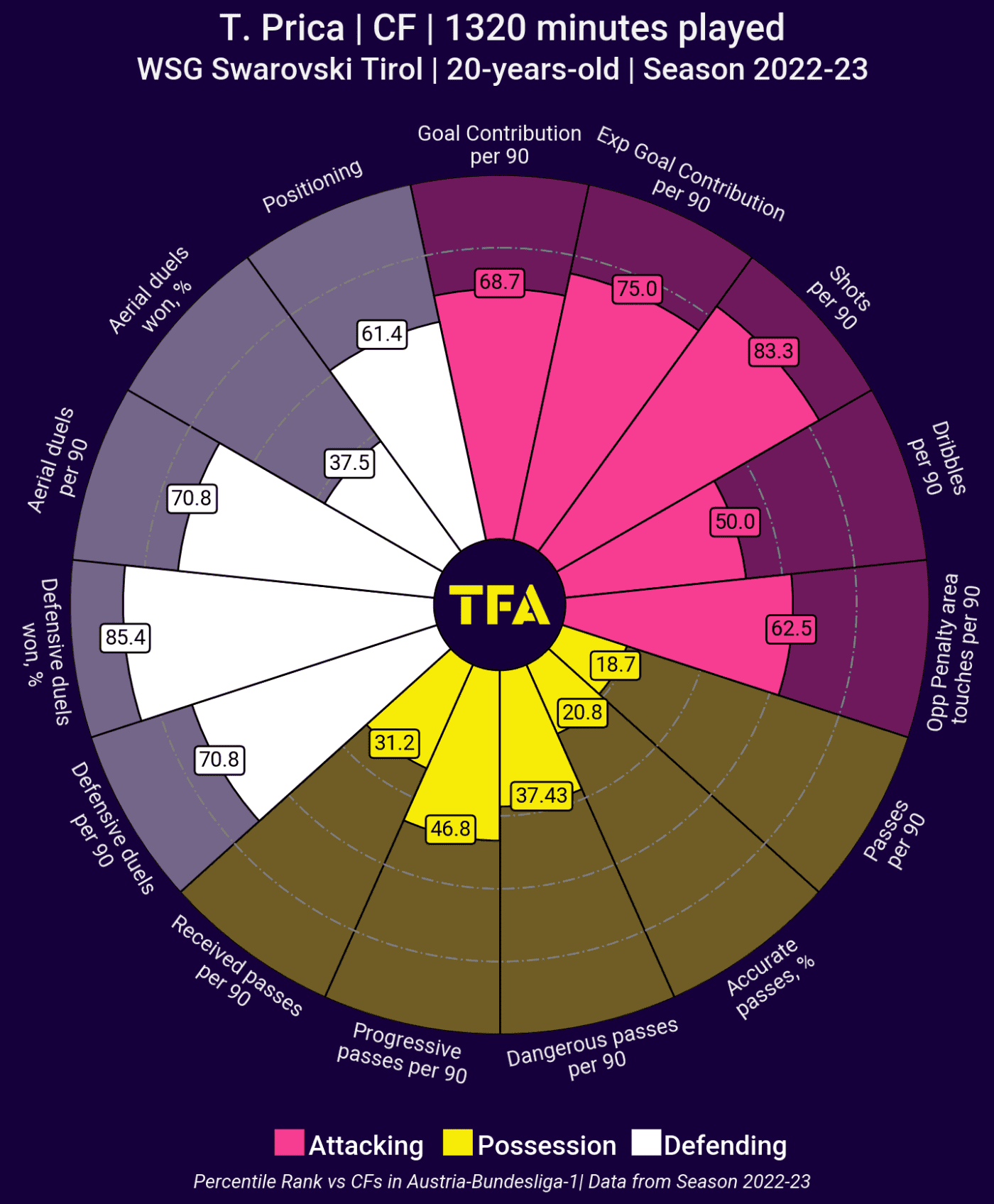
Our next player is the 20-year-old Sweden U21 forward Tim Prica, who is currently playing in the Austrian Bundesliga for one of the less heralded teams in the country, WSG Tirol. Prica is actually a product of the youth academy at Malmo in his native Sweden although, in 2020, he made the move to Denmark to join Aalborg. He is still under contract in Denmark until 2025 and given his performance this season on loan in Austria this contract should yield a nice profit for the Danish club when he moves on.
This season so far in Austria he is in the 68th percentile for goal contributions and the 75th percentile for expected goal contributions as well as the 83rd percentile for shots per 90. Given that Prica is also in the 98.7th percentile for expected goal involvement, for a team who are sitting seventh in the Austrian top flight, shows how effective and interesting this method of data analysis can be.
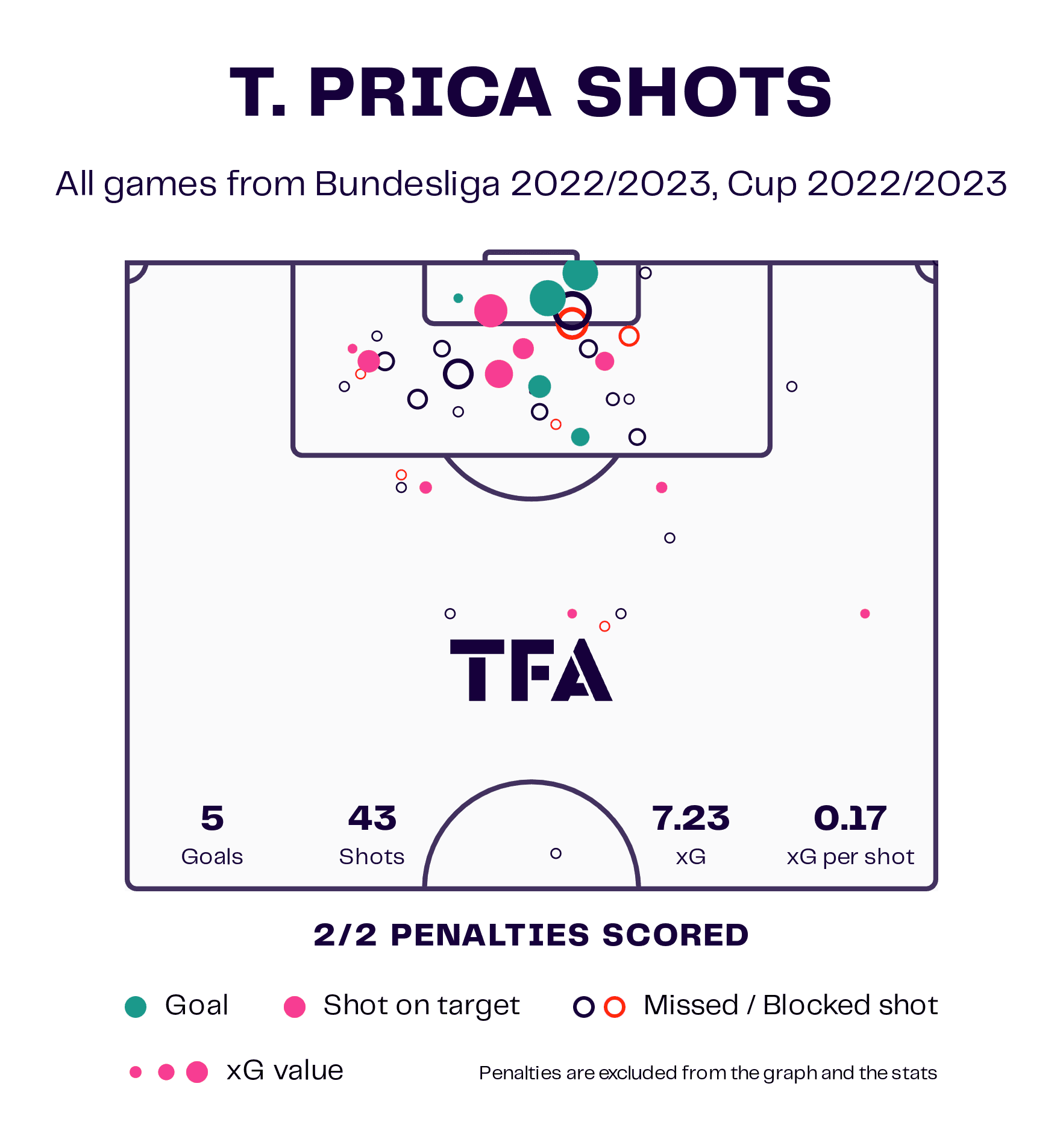
So far this season, Prica has five league goals from an xG of 7.23. If we were looking solely at the initial data output from Wyscout, then he would be unlikely to have surfaced as a player of interest. Now, when we use this method of player identification and since we are aware that his side have generated just 38.03 xG so far this season in the league, we see a player who is having a significant impact on his team and one who would be of interest to transfer.
Kévin Denkey, 22 years old, Cercle Brugge and Togo
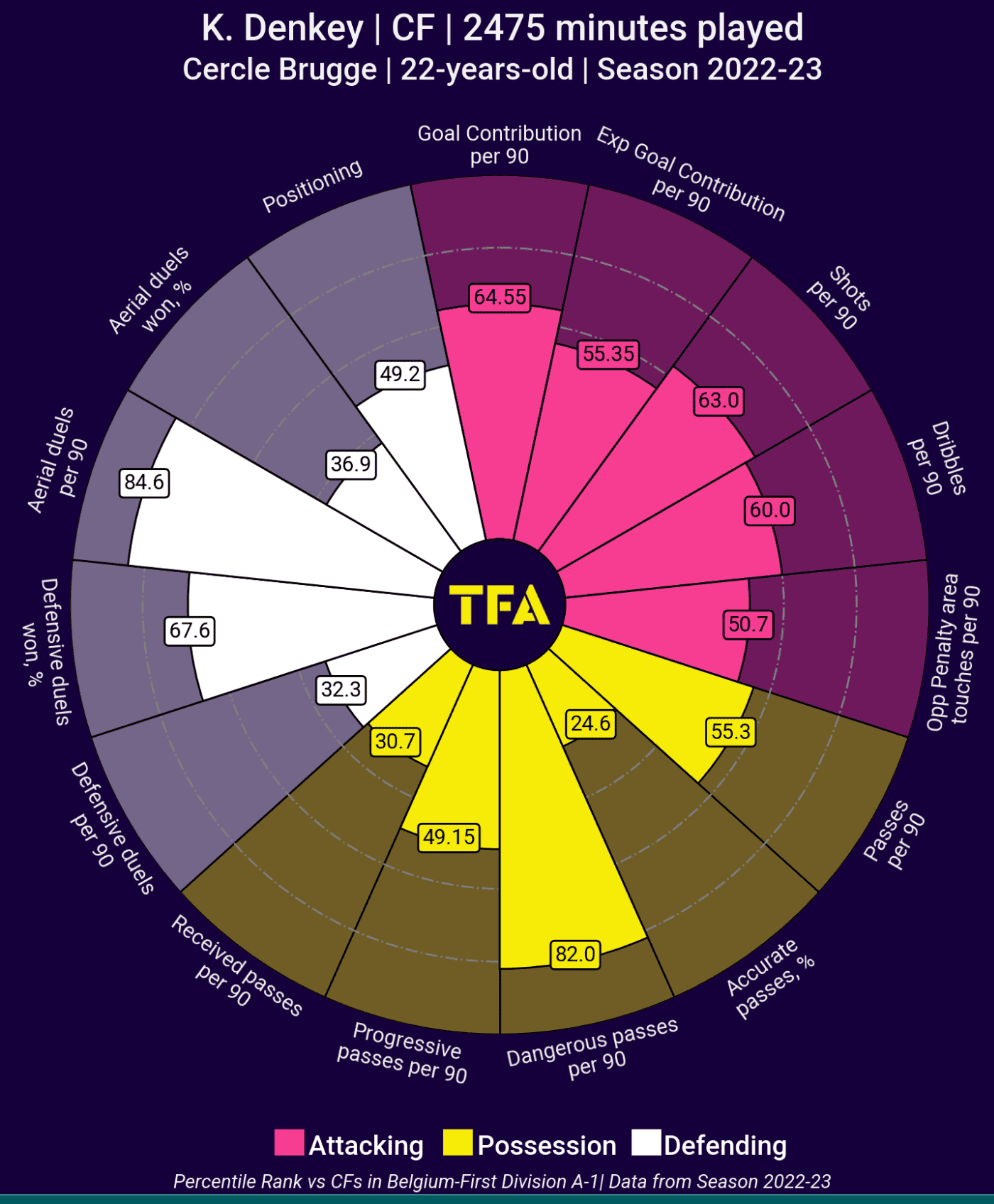
Next, we will head to Belgium where the 22-year-old Togolese international forward Kévin Denkey has been impressing for Cercle Brugge. Cercle are not a side that we typically consider when thinking about scouting from within Belgium with the likes of Club Brugge, Anderlecht, Gent and Genk all coming significantly higher in the pecking order. Indeed, with Cercle Brugge currently sitting 9th in the Belgian top flight, they would often be overlooked.
Denkey is in the 98th percentile for expected goal contributions and when we look at his raw data in the pizza chart it is also impressive. He is in the 64th percentile for goal contributions, the 55th percentile for expected goal contributions, the 63rd percentile for shots per 90 and the 82nd percentile for dangerous passes.
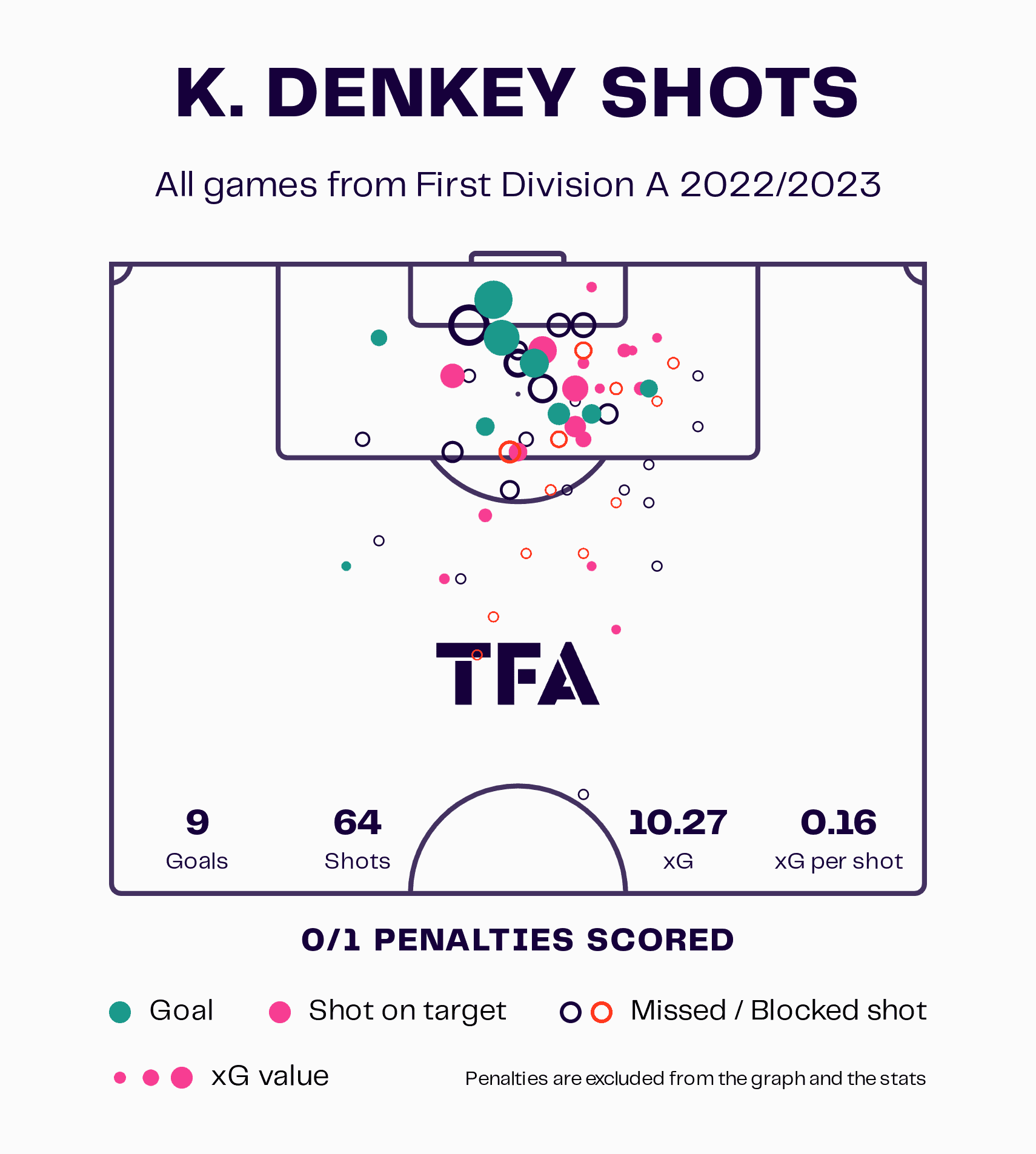
So far this season, Denkey has nine goals from an xG of 10.27. As you can see from his shot map, he is another who does most of his damage in the penalty area. He can score a variety of goals and is a powerful and quick striker who displays excellent attacking instincts in terms of his movement to create and take advantage of space.
Cercle Brugge paid a reported €2M to take Denkey from Nîmes in France and early signs suggest that this is, once again, an investment that looks set to yield a significant profit in the next couple of years.
Conclusion
When you use any form of bespoke data analysis using existing data (from Wyscout), it is important that you pass the eye test. As you have seen from the two lists that have been shared in this article, the eye test is passed with the likes of Balogun and Haaland featuring prominently.
Using this method, however, we have also surfaced a number of interesting players. Of the four players discussed specifically in this article, while Balogun has the most obvious pathway to a top team, I think that Nakamura and Denkey are the most interesting.

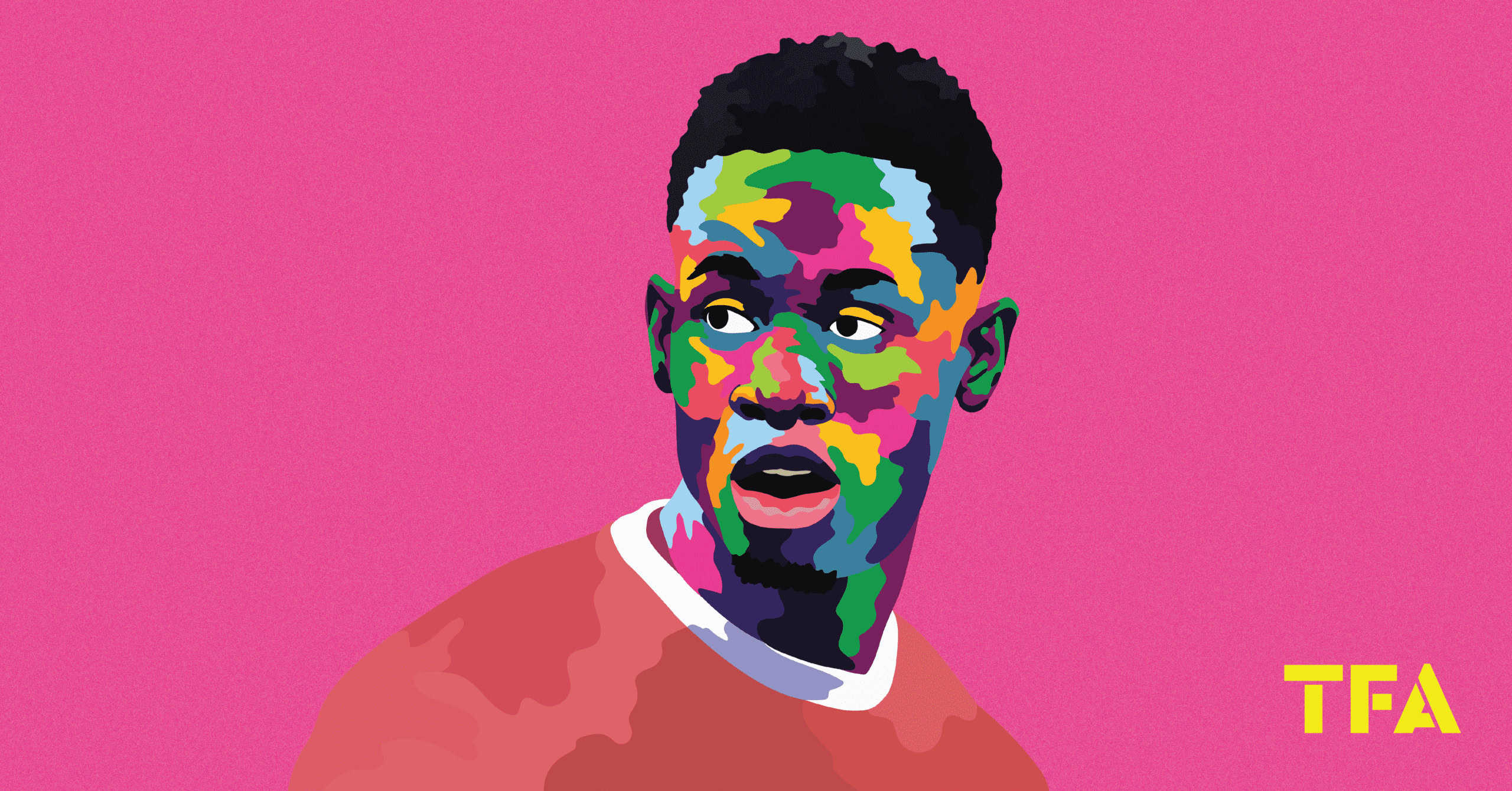



Comments